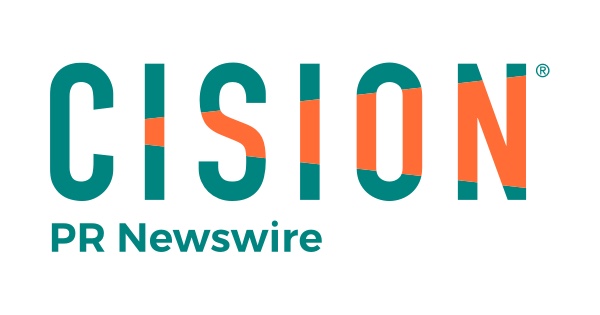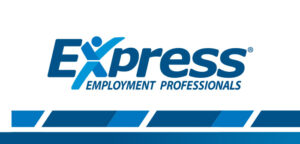By: Jenny Flores, Small Business Growth Philanthropy
SAN FRANCISCO, PRNewswire-HISPANIC PR WIRE / – Wells Fargo served as the lead sponsor of the Latino Gross Domestic Product (GDP) Report in the United States of the Latino Donor Collaborative, which tracks the growing influence of the Latino community within the United States economy, and the results are incredibly promising. Latinos contributed $ 2.7 trillion to US GDP in 2021, equivalent to the world’s seventh-largest economy, and they are growing 57% faster than the overall US economy. From 2010 to 2019, the US Latin GDP is the third fastest growing of the world’s ten largest GDPs, with the US economy in fourth place. Latinos also account for 68% of the growth in labor participation in the US. These figures are due in large part to the business stakes of Latinas. In fact, in 2019, Latina women owned 18% of all women-owned businesses1, and between 2014 and 2019, Latina-owned businesses grew by 40% .2 These numbers are significant and show the impact that Latina entrepreneurs are having in the overall economy of the country.
Experience the interactive multichannel press release here: https://www.multivu.com/players/Spanish/8961251-wells-fargo-hispanic-heritage-month-success-tips/
But we all know that small business owners are still struggling to stay “open” due to the repercussions and continued fluctuations from the pandemic. Although the statistics around Latina-led companies are stark – twice as many Latina-owned companies closed during the COVID-19 pandemic compared to their male counterparts (30% vs. 16%) 3 – the suggestions that listed below can help aspiring Latina entrepreneurs on the road to success.
Create a business plan
Having a good idea is NOT enough! Developing a business plan * is the key first step for any business owner. An effective plan can help you prioritize how you spend your time and money, and set measurable goals. It can also help you identify current or future obstacles so that you can better anticipate and avoid potential risks. For example, with the effects of COVID-19, you may have had to create more online offers or improve your company’s digital presence. Some of you may have had to change relationships with supply chains and suppliers, or cut back on hiring. Whatever it is, now is the time to examine how you have adapted to the current situation, which of these adaptations you want to continue developing in the future, and then document that in your plan.
Get support from mentors
Latinos are increasingly in an advantageous position to start their own businesses: they are younger, more educated: almost 90% of Latinos post-millennials have graduated from high school. They are contributing to the workforce in greater numbers, buying more homes and closing the wealth gap very quickly. But the last year and a half has reaffirmed what we’ve always known: it takes a whole people. As women entrepreneurs continue to emerge from the impacts of the pandemic and build from survival to recovery and opportunity, connecting with mentors and other specialists is one of the most powerful and valuable ways to exchange knowledge, share best practices, and learn from each other. Wells Fargo recently partnered with the Nasdaq Entrepreneurship Center, where women entrepreneurs can get complementary support through its flagship 12-week mentoring program, Milestone Mapping Coaching Circle *, to help them overcome key business challenges and at the same time, build a network of mutual support and a connection with mentors. Interested women entrepreneurs can apply to participate, and upon acceptance they will be assigned to a circle.
Find the right guidance and information
Many women may not know where to turn for reliable information to help them with critical business decisions. The good news is that there are many free resources and tools * to help educate women entrepreneurs. The SBA.gov * website is another great starting point. It even offers a version of its site in Spanish. Additionally, the Minority Business Development Agency connects women with resources, events and opportunities to help them achieve success through its Women of Color Entrepreneurship Initiative *. Finally, the United States Hispanic Chamber of Commerce (USHCC) * has more than 200 local chapters designed to support ambitious Hispanic business owners, as well as specific programs for Latina entrepreneurs.
Prepare to get credit
Once you have a business plan, connected with mentors and other specialists, and done your research, preparing for credit will be the critical next step before obtaining financing for your business. It’s important to work with a bank that offers tools and resources that make financing easier to understand, and with a banker who shows you what your business needs to get approved for a loan. Before applying for a small business loan or line of credit, your bank will want to see that your business generates steady cash flow, has low levels of debt, and is in a strong financial position to manage debt payments. The more you know about what bankers want to see in a credit application, the more prepared you will be to seek credit for your business. Likewise, a business plan may also help you obtain financing for your business. For example, to apply for a loan guaranteed by the Small Business Administration (SBA), and some loans and lines of credit for larger businesses, lenders may require a formal written business plan before granting a loan. credit.
By creating or updating a business plan, seeking mentoring opportunities, increasing knowledge, and preparing for credit, more Latina entrepreneurs will be able to succeed.
1 2019-state-of-women-owned-businesses-report.pdf (q4cdn.com) (English only)
2,3 Key Insights from the 2020 State of Latino Entrepreneurship Report | LatinasinBusiness.us\
* Links are only available in English



